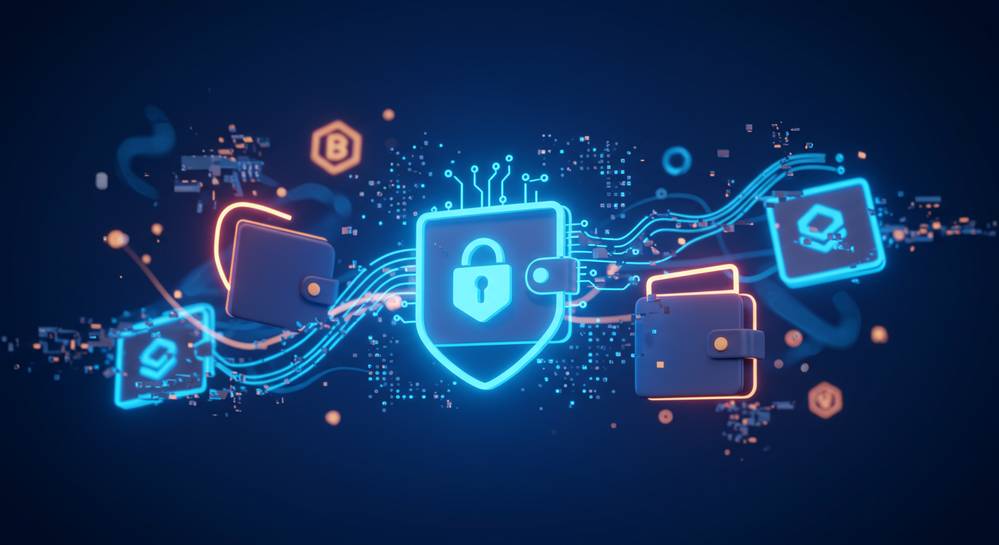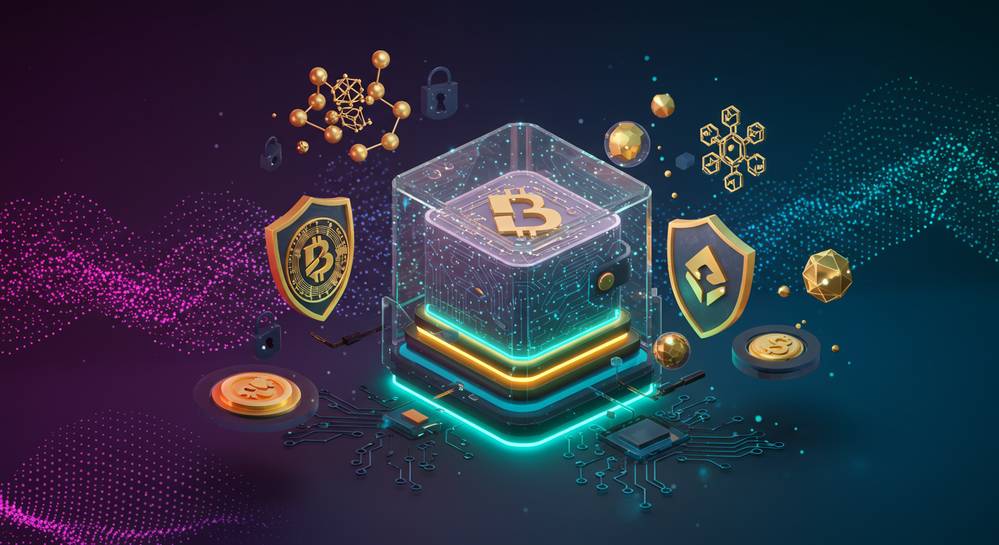How to secure a crypto wallet may seem as cryptic as the currencies themselves. Fear not! I’m here to decode the secrets of ironclad wallet protection. From crafting unbreakable PINs to outsmarting phishing traps, each step fortifies your financial fortress. Mastery over your hardware wallet’s untapped potential awaits, ensuring your digital gold stays in your vault. And as tech advances, your defenses must too, with layers of authentication and malware shields. Even if disaster strikes, prepared with backups and sage selection of wallets, you’ll stand tall. Let’s dive right in and turn your crypto wallet into an impenetrable sanctuary.
Embracing Best Practices for Cryptocurrency Security
Developing Strong PINs and Passphrases
When you set up a crypto wallet, create a strong PIN. A strong PIN has numbers, and it’s not easy like “1234”. Use a mix that only you know. For even better safety, add a passphrase. A passphrase is like a secret code of words. You can pick words that mean something only to you. Write it down and keep it hidden!
Your keys are next. A wallet has two keys – public and private. Your public key is like your home address. Folks need it to send you money. Your private key is super secret. It’s how you say “yes” to sending money. If bad guys get it, they can steal your crypto. So, keep it safe and never share it.
Awareness and Prevention of Phishing Attacks
Phishing is a sneaky way bad guys try to trick you. They want your keys or wallet info. How do they do it? By fake emails or websites that look real. They might ask you to log in or give up your private key. Has a site ever asked for your private key? That’s a big red flag. Remember, any legit service will never ask for your private key.
Here’s how to stay safe:
- Check emails carefully. Look for weird spelling or the sender’s email address.
- Don’t click on links in emails. Go to the website yourself, by typing it in directly.
- Use a secure internet connection. No public Wi-Fi for trading or checking your wallet.
- Pick trusted wallet brands. Ledger Nano S and Trezor are good picks.
- Always keep your wallet software fresh and up to date.
- Use biometric locks if your wallet has them, like a fingerprint.
- Have anti-malware on your tech.
To sum it up, stay sharp about security. The crypto world is fun, but it’s full of risks. Use strong PINs and passphrases. Don’t fall for fake emails. Keep your private key a secret. And always, always use safe internet when you’re dealing with your crypto wallet. Stay smart and secure, friends!
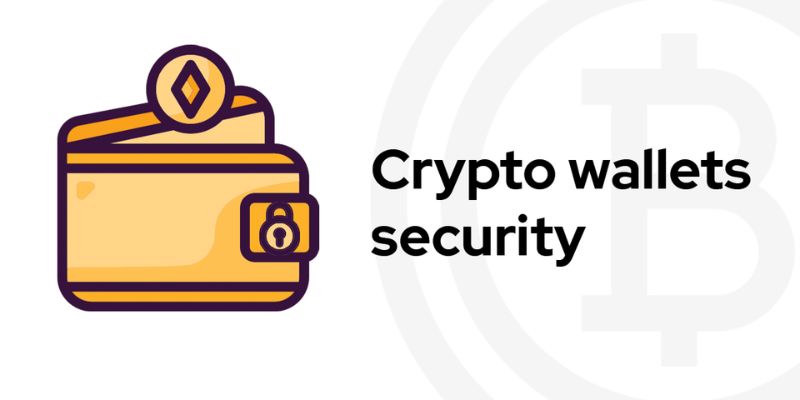
Maximizing Hardware Wallet Usage for Asset Protection
The Importance of Cold Storage Methods
Cold storage keeps your crypto safe offline. It is key for protecting digital assets. Without touching the internet, cold storage methods like hardware wallets shield your money. This makes hacking much harder. With a small device that fits in your hand, you lock away your crypto securely. Let’s dive into hardware wallet usage.
Hardware wallets are the strong safes of crypto. They hold your private keys away from online thieves. Your private key is a secret code that lets you access and spend your funds. Don’t share it! Hardware wallet brands like Ledger Nano S and Trezor have built trust in the crypto world. Yet, using them right matters most.
To use a hardware wallet, first, set it up with a secure PIN. Pick a PIN that no one can guess but you can remember. Next is the passphrase. This adds an extra security layer. Think of it as a secret door to more safety for your wallet.
With the wallet ready, how do you keep it safe? You handle it like a little vault. If it breaks or gets lost, you’ll need a backup. Write down your recovery seeds—these are words given by your wallet. Keep them hidden and safe. They’re like the master key to all your crypto.
Physical Security Measures for Hardware Devices
You’ve got to protect your hardware wallet from more than just hacks. Physical security is super important too. Keep your wallet hidden, like your most prized possessions. Treat it like jewellery or cash. Don’t leave it around for others to find or touch. And water? Big no! Keep it dry and cool.
Two-step verification can save the day. If someone finds your wallet, they’ll still need your PIN. Even your passphrase! Without those, the hardware wallet is a tough nut to crack. It’s like having a guard that never sleeps.
Backups are life-savers too. Remember the recovery seeds we talked about? Storing them well is as vital as the wallet itself. Find a spot only you know, maybe even lock it up. Think fireproof and waterproof. Nature can be just as sneaky as a thief.
And what about when you’re out and about? Say no to public Wi-Fi for trading! Use a secure internet connection, always. Better still, use a VPN for cryptocurrency transactions. It’s an invisible cloak for your online moves.
Knowing best practices for cryptocurrency security is power. It helps you avoid common crypto scams. It’s not just about having the tools but knowing how to use them. Tech like biometric security measures can also add a punch to your defense. Use every tool you’ve got, but use them wisely.
Remember these points, and your hardware wallet becomes a mighty fortress for your crypto. It’s all about layering up security, making it real hard for troublemakers to get through. Play it smart, and your digital treasures will stay right where they should – with you!
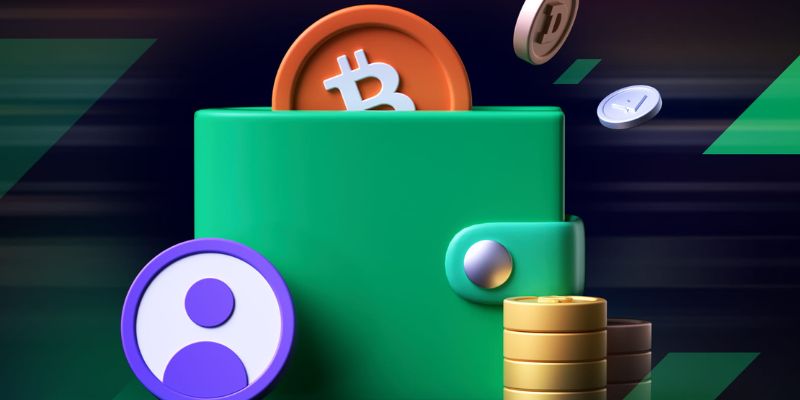
Strengthening Wallet Defenses Through Technology
Now let’s turn our focus to the use of technology to bump up your crypto wallet’s defenses.
Implementing Multi-factor Authentication and Encryption
Start by setting up multi-factor authentication. It brings in an extra layer of safety. This means, even if someone knows your PIN, they still can’t get in. How cool is that?
Encryption is also key. This tech turns data into code. Anyone without the right key can’t read this code. Consider it a secret language between you and your wallet.
But one factor rises above the rest: keeping your private key, well, private. Your private key is like a secret handshake with your wallet. Lose it or share it? You’re at risk. Cold storage is your best friend here. It’s a way to store this key offline. Out of sight, out of mind, right?
Securing Transactions with Updated Anti-Malware Tools
When it comes to trading, use tools that spot and stop bad guys. We’re talking about up-to-date anti-malware tools.
And while we’re at it, always do your trading on a secure internet connection. Public Wi-Fi? No, thanks. A VPN? Now you’re talking. It hides who and where you are.
Let’s not forget physical security. Anyone can nab a hardware wallet if it’s just lying around. Keep those safe, please!
On top of this, use trusted brands of wallets. And watch out for fakes. They look genuine but if they were, they’d be as good as a chocolate kettle.
Finally, remember the mantra of tech: always keep your software up to date. It’s your best bet to avoid any nasty surprises! The bottom line is clear: safeguarding your digital assets isn’t an option—it’s a must. So rise to the task, embrace the best practices, and stay one step ahead of the threat.
Protect, encrypt, and lock everything down, just to be on the safe side. It’s well worth the peace of mind that comes with knowing you’re doing everything possible to stay protected in the fast-paced, high-stakes world of crypto.
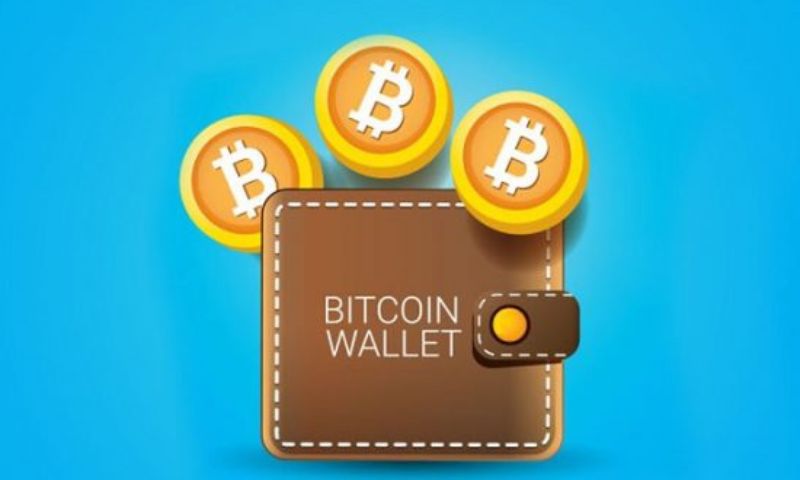
Recovery Strategies and Secure Backup Protocols
Backup Solutions and Recovery Seed Storage
Lost access to your crypto wallet can mean lost funds. Forever. Scary, right? That’s why backing up your wallet is key. Think of it like a safety net. If your main access goes poof, this net catches you.
You might wonder, “How do I backup my wallet?” Simple—use a recovery seed. A recovery seed is a list of words generated by your wallet. Write these words down in order, and keep them safe. Your recovery seed is like a secret key back into your wallet. If your hardware fails or gets lost, this seed gets you back in action.
Keep your recovery seed somewhere no one else can find. Consider using a safe or a safety deposit box. To be extra safe, some folks use metal plates that can survive fires or floods. And never, I mean never, store your seed on a computer or online. That’s an open door to hackers.
For extra peace of mind, make copies. But treat every copy like the original. Keep them safe and secret. If someone else gets your seed, they can swipe your crypto.
Remember, an ounce of prevention is worth a pound of crypto.
The Pros of Non-Custodial Wallets and How to Select Them
Ever heard of non-custodial wallets? They let you be your own bank. Total control, total responsibility. The big perk here is security. Since only you hold the keys, there’s less chance hackers can snatch your coins.
But with great power comes great… you know. It’s all on you to keep things secure. You might think, “How do I pick the best non-custodial wallet?” Look for ones well-reviewed by users and experts. Don’t just grab any wallet. Scammers are out there, folks. The big names, like Ledger and Trezor, are a safe bet. They’ve been around and have stood the test of time.
Make sure it fits your needs. Some wallets are for Bitcoin only, others support multiple cryptocurrencies. The point is, do your research. We’re talking about your money here, so take your time. And always get your wallet from the official source or trusted retailers. Buying a second-hand wallet is like buying a used toothbrush. Just don’t.
When you go non-custodial, keep your software updated. That’s how you stay ahead of threats. And, of course, follow all those security practices you’re learning. Protect your private keys, use strong passwords, and maybe use a little bit of that healthy paranoia when it comes to keeping your crypto safe.
In this post, we dove into the essentials of cryptocurrency security. We began by discussing how to create strong PINs and passphrases and the need for being vigilant against phishing scams. Then we covered the benefits of hardware wallets and cold storage, as well as physical security measures to keep hardware devices safe. We also explored tech strategies like multi-factor authentication, encryption, and updated anti-malware tools to protect our wallets.
In our final section, we highlighted the importance of having secure backup solutions and understanding the advantages of non-custodial wallets. Taking these steps seriously ensures our digital assets stay safe. Remember, security is ongoing; always stay informed and proactive. Protect your crypto like you would any valuable asset. Stay secure out there!
Q&A :
What Are the Best Practices for Securing a Crypto Wallet?
Securing a cryptocurrency wallet involves a series of strategic steps aimed at protecting your digital assets from unauthorized access and cyber threats. The best practices include setting up strong, unique passwords, enabling two-factor authentication (2FA), keeping your wallet software updated, using a secure internet connection, and considering the use of a hardware wallet for storing large amounts of cryptocurrencies. Additionally, beware of phishing attempts and always verify the authenticity of the websites you use to manage your crypto assets.
How Can I Protect My Crypto Wallet from Hackers?
Protection against hackers is pivotal for maintaining the security of your crypto wallet. To fortify your wallet against intrusions, never share your private keys or seed phrases with anyone, utilize hardware wallets for added security, employ antivirus and anti-malware software, and make regular backups of your wallet information. Providing layers of security with encryption can also deter hackers. Regularly monitor your accounts for any unauthorized transactions and change your passwords frequently.
What is the Safest Type of Crypto Wallet to Use?
The safety of a crypto wallet can depend on the type and how it is used. Hardware wallets are generally considered the safest option, as they store the wallet’s private key offline, making it immune to online hacking attempts. Paper wallets, which are physical documents containing your public and private keys, also offer offline security but can be susceptible to physical damage or loss. Mobile and desktop wallets offer convenience but typically require additional security measures.
Should I Use Two-Factor Authentication for My Crypto Wallet?
Absolutely, two-factor authentication (2FA) is a critical security layer for your cryptocurrency wallet. 2FA requires a second form of verification in addition to your password, often through a mobile device or an authenticator app, making unauthorized access significantly more difficult. This additional step can greatly reduce the risk of theft, as even if a hacker obtains your password, they would still need the second factor to gain entry to your wallet.
Is It Necessary to Regularly Update My Crypto Wallet Software?
Yes, it is necessary to regularly update your crypto wallet software. Developers frequently release updates that patch vulnerabilities, fix bugs, and improve security features. Staying up-to-date with the latest wallet software ensures that you have the strongest defense against new threats and that your wallet is running optimally. Failing to update can leave you exposed to risks that could otherwise be avoided with the latest security enhancements.

